The Flag Act of 1818
On April 4, 1818, President James Monroe signed a flag act that changed the way the US flag was updated when new states joined the Union. This act has affected every US flag issued since…

On April 4, 1818, President James Monroe signed a flag act that changed the way the US flag was updated when new states joined the Union. This act has affected every US flag issued since…

On April 1, 1954, President Dwight Eisenhower created the Air Force Academy to train officers. During its more than 60 year history, the academy has had over 52,000 graduates move on to become US Air Force officers.
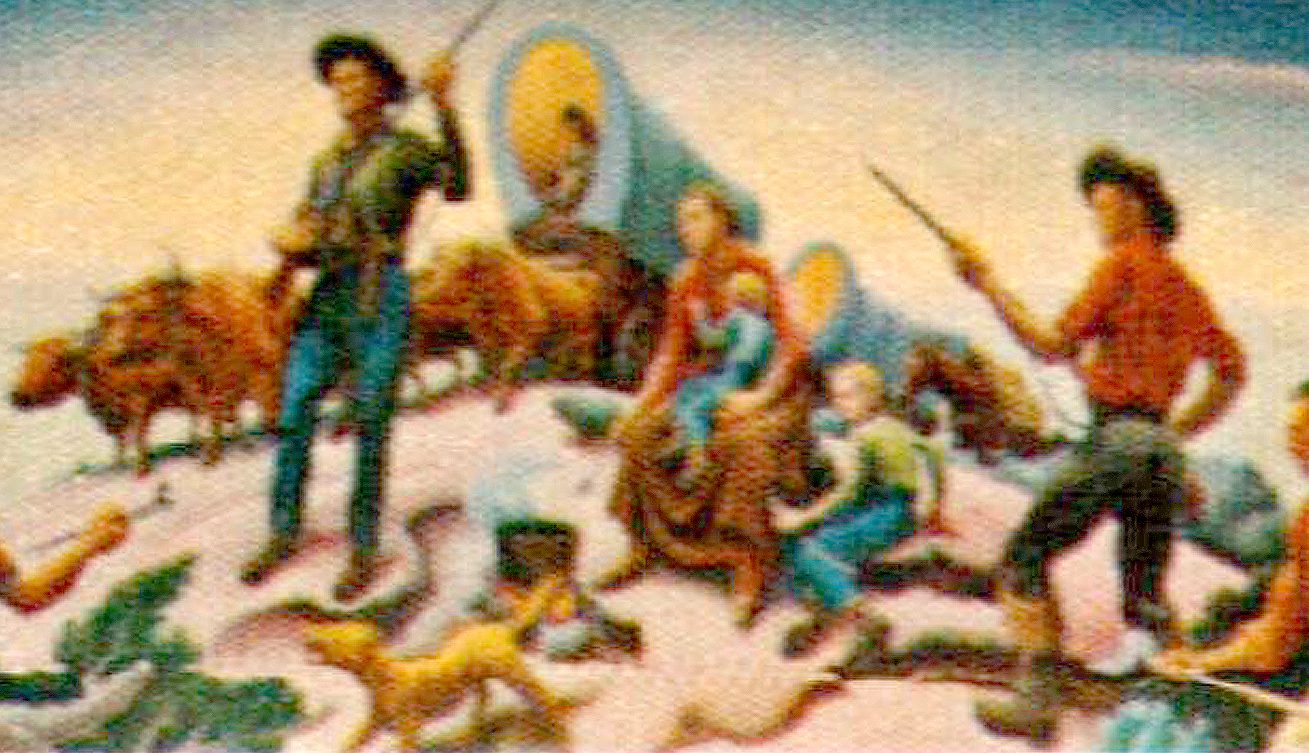
On March 29, 1867, Independence, Missouri, was founded. Known as the “Queen City of the Trails,” it became the starting point for several trails that carried thousands of settlers to the West.

On March 21, 1965, Martin Luther King Jr. led the third (and finally successful) march from Selma to Montgomery, Alabama, to protest for voting rights.
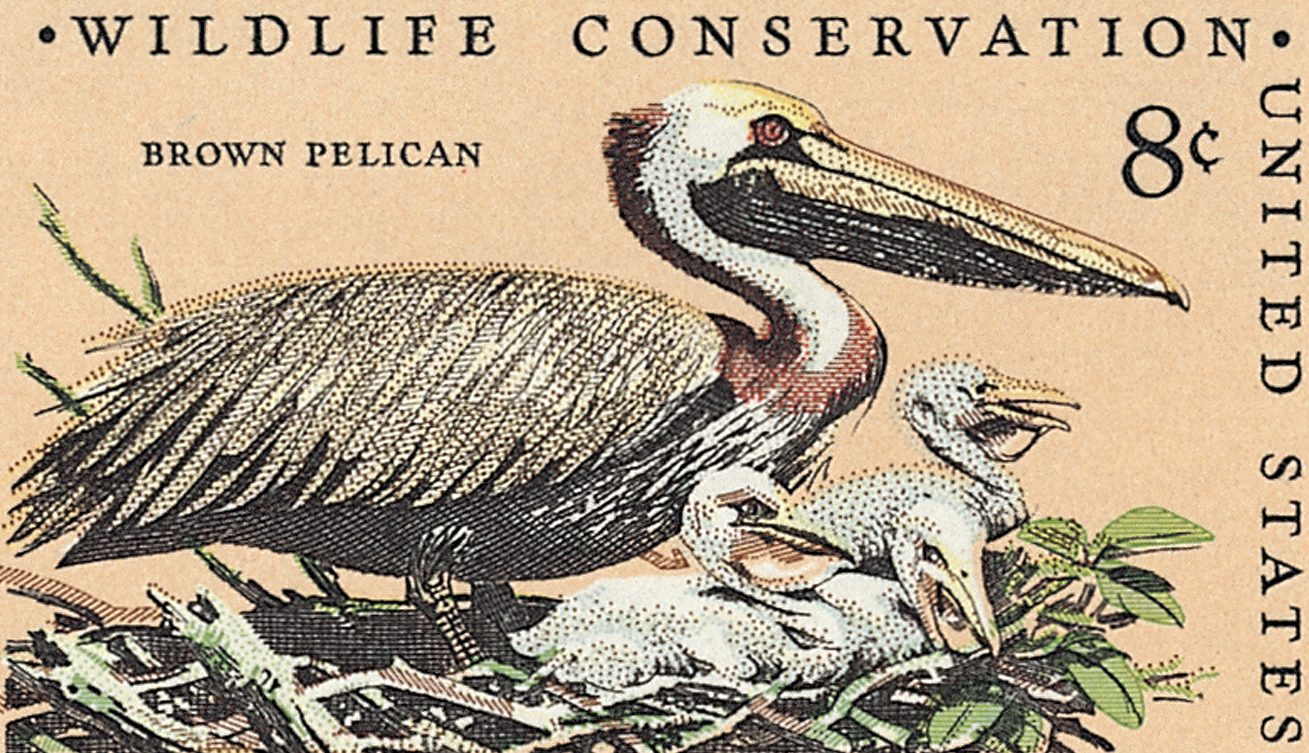
On March 14, 1903, President Theodore Roosevelt signed legislation creating Pelican Island National Wildlife Refuge, the first such protective area in America. Today, the National Wildlife Refuge System contains more than 560 protected areas, covering over 150 million acres.
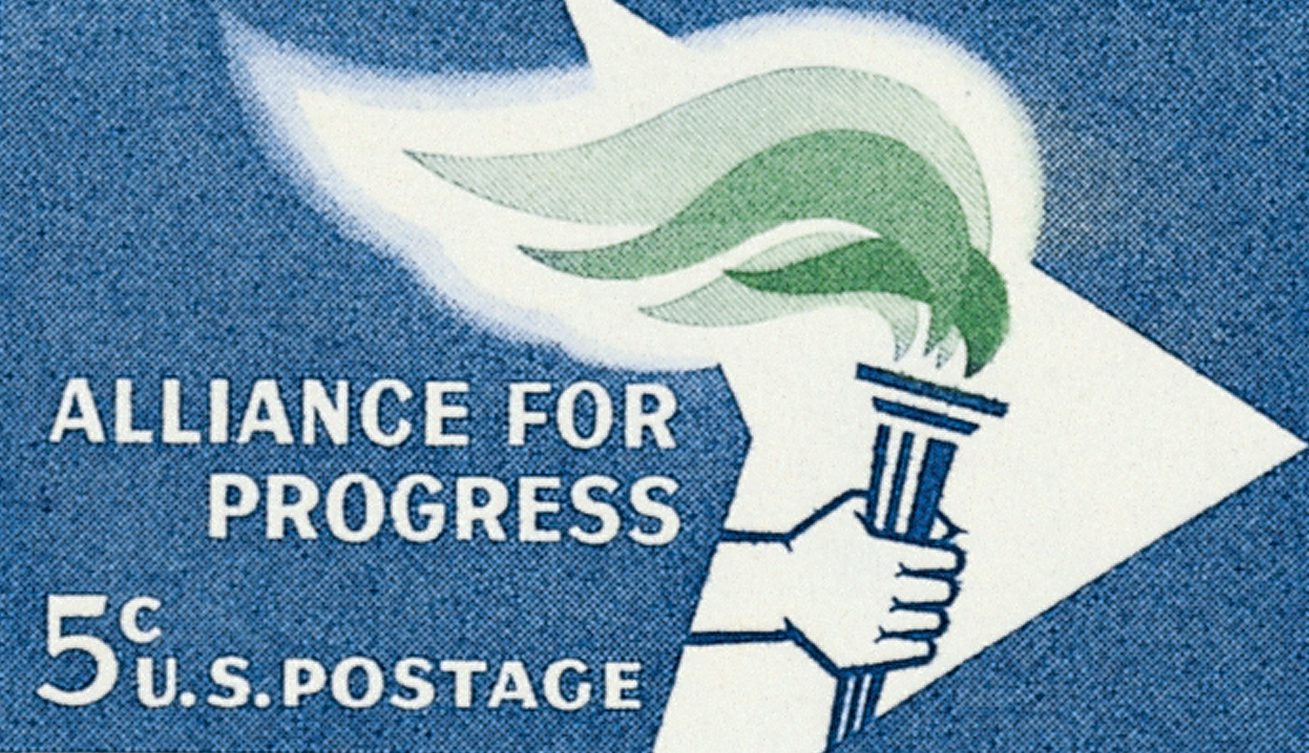
On March 13, 1961, President John F. Kennedy announced the Alliance for Progress to provide economic and social aid to Latin America.
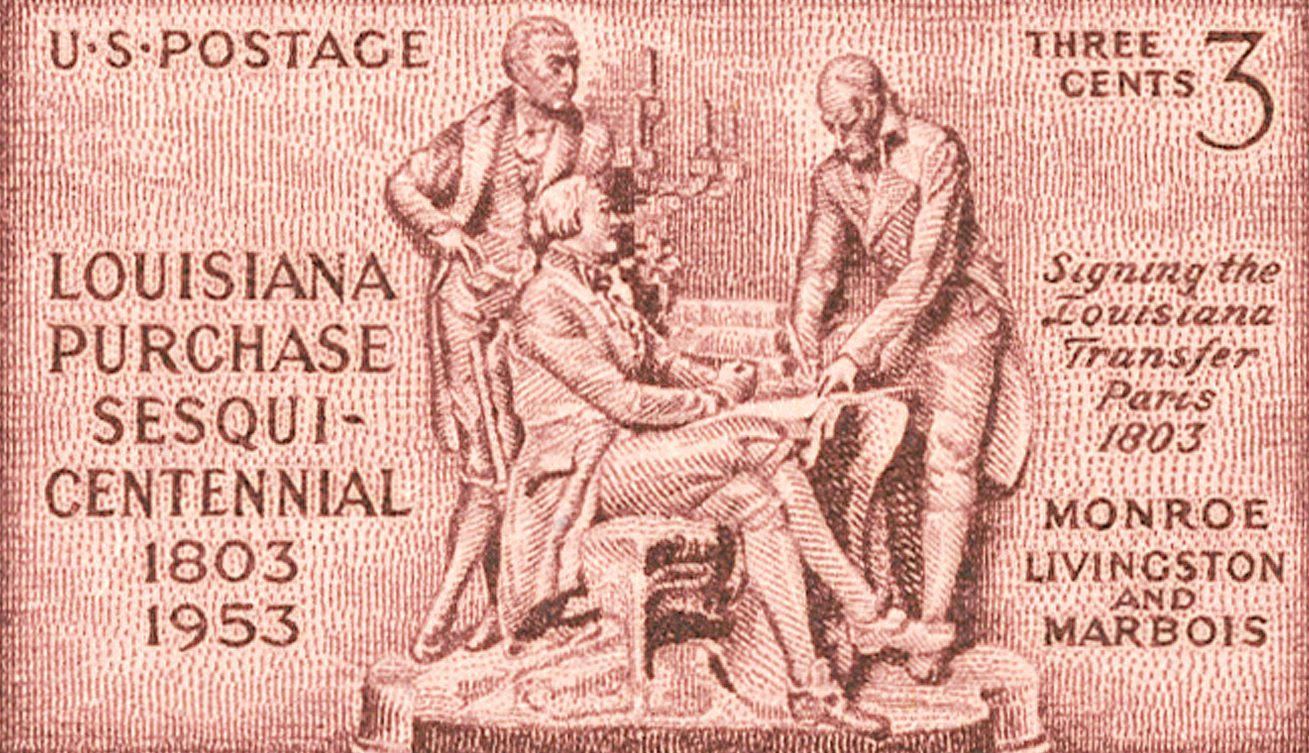
On March 10, 1804, the US flag was raised over St. Louis, marking the completion of the Louisiana Purchase. This day, along with March 9, is known as Three Flags Day.
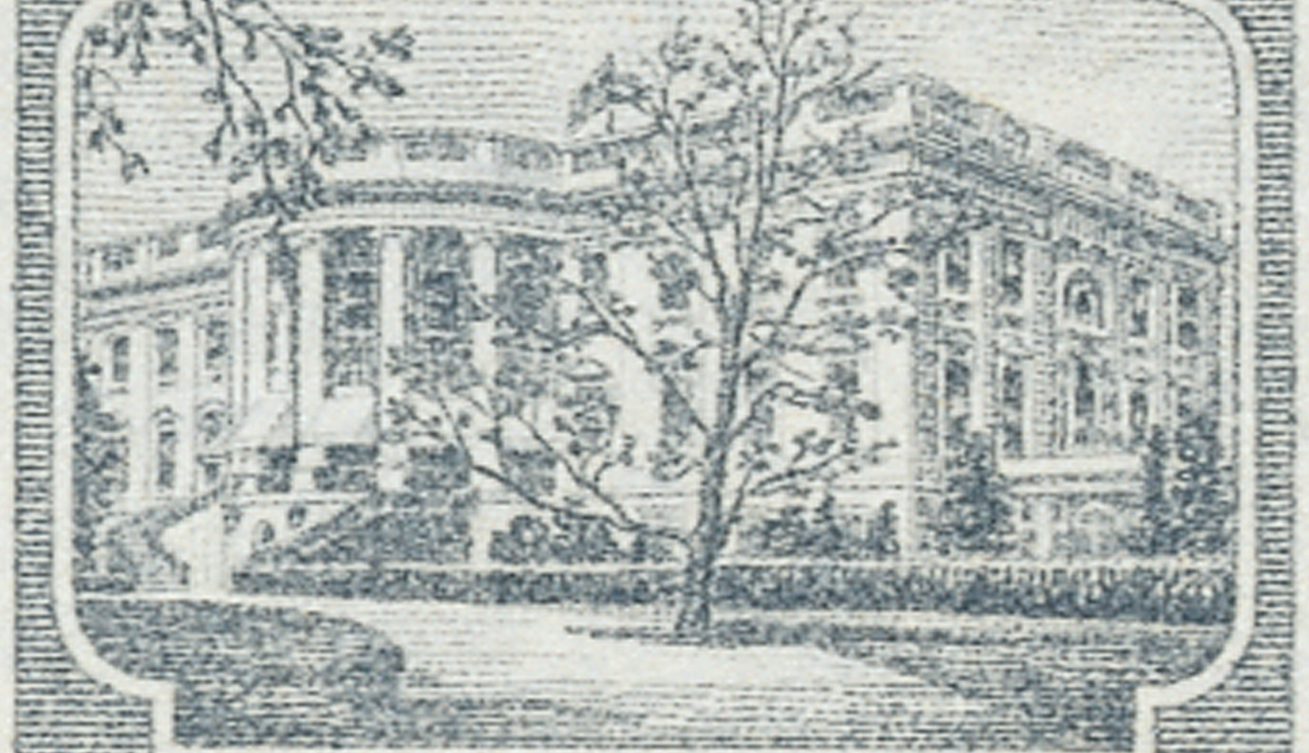
On March 4, 1849, was David Atchison President of the United States for 24 hours? As President Pro-Tempore of the Senate, he was arguably the highest-ranking US official…
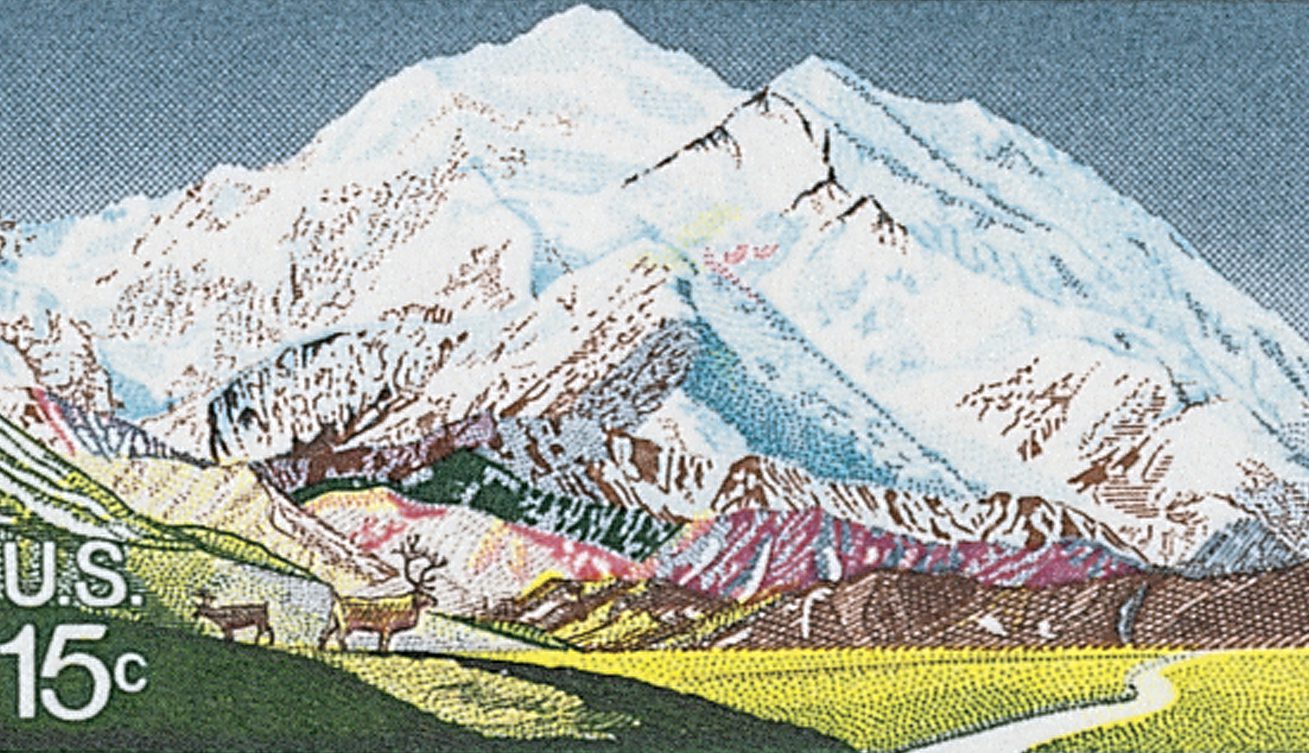
On February 26, 1917, Denali National Park was first established as Mount McKinley National Park. The park is home to the tallest mountain in North America.